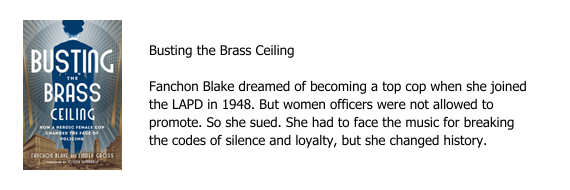Almost without exception, people drafting a manuscript worry about their writing. “Does it sound good enough?” they want to know.
Wrong question.
They should be asking whether it sounds like them.
When writing a book to promote your business and encourage people to buy your service(s) or product(s), the objective is not to come off as super polished. It’s to give the reader and potential client a real sense of who you are.
My original website was designed by a super-talented friend of mine years ago. Every other person who saw the site, including people who had just found me on Google, mentioned how sophisticated and elegant it was. While I can certainly be both sophisticated and elegant, neither is my go-to modus operandi. Indeed, those characteristics would barely make it onto a list of the top twenty attributes I value in myself. So, I totally revamped the website.
Do as many people praise my current site? Nope. Not even close. But the sense of airiness punctuated by circles with photographs I’ve taken rather than a traditional rectangular “hero image” speaks to the fact that I’m not like everyone else. And the new design just feels like me.
That’s what you’re looking to do with your book. By differentiating yourself from everyone else, you give your reader a reason to want to reach out to you because they’ve gotten the sense that they know and trust you. But achieving that means providing readers with the real stuff. And that can take some serious digging.
Somewhere along the line, people got the idea that writing a book is easy and that writers basically spend their days eating bonbons. I’m not sure where that notion stems from, especially since you can’t simultaneously type and eat much of anything, let alone sticky, chocolate-covered candy.
On the other hand, writing a book doesn’t have to be as hard as many prospective—and even published—authors make it. You just have to come to terms with the fact that you’re not going to produce pearls the first time around. And you’ll probably have to struggle with the other big writer bugaboo—finding your genuine voice.
How do you do that?
For starters, you don’t try to mimic another writer’s prose, no matter how much you like them. The objective is not only to find the stories that tell your tale, as we discussed in the first article in this series, but it’s also to find your genuine writer’s voice. The voice that your friends and family would recognize. The one that sounds true to you.
That doesn’t necessarily happen automatically. You have to write a lot without worrying about whether your prose is any good. That’s why my Boost Your Business with a Book interactive e-course centers around seven sloppy letters to Linden. As my writing coach clients can all tell you, there are rules to writing these sloppy letters. You can’t worry about spelling, grammar, logic, continuity, or anything else. Think of the sloppy letter as your big, fat written brain dump.
The objective is to get everything about you and your topic from your head to a page. At that point, you can see what you have and how the ideas, stories, and research fit together. In the process, just as the real you probably only shows up in situations where you feel secure, as you get more comfortable with writing these fat, fat sloppy letters, your authentic voice will feel safe enough to show itself.
Add stories that give your readers insights into who you are and what matters to you, and the people who respond to that—and to who you are—will come calling. Of course, you need to convince them to read your book in the first place. So, we’ll need to make sure your big idea is, well, big enough to attract attention. We’ll talk about that in the last article in this series, which will hit in two weeks.




















0 Comments